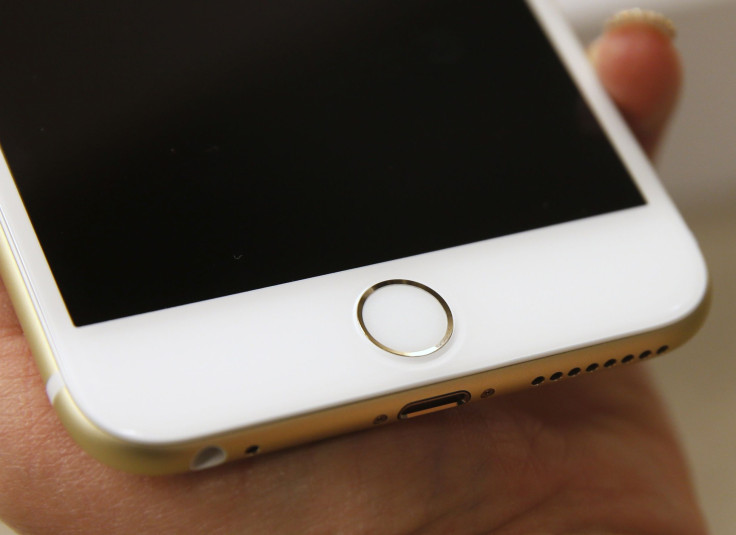How Apple Tried To Keep Touch ID In iPhone X Before Face ID

Apple gave users of earlier iPhone models the confidence of having Touch ID as a security feature. With the introduction of the iPhone X in 2017, Apple replaced the Touch ID with the more advanced Face ID. A new document, however, showed that Apple didn’t want to do away with Touch ID, and was trying to keep it in the iPhone X.
A patent recently released by the United States Patent & Trademark Office showed Apple’s plans to keep Touch ID as a security feature for the iPhone X. The plans involved using a clever design that would allow users to unlock their iPhones without the use of the traditional home button in front.
Apple plans involved using an optical sensor beneath a “mask layer” comprised of an array of adequately spaced pinholes, a display layer that had a lot of display pixels, and a light source adjacent to the optical image sensor. That’s a mouthful, but it’s very easy to understand.
Here’s how it works: a user will put a finger above the mask layer. The light source will send light through the pinholes in the mask layer. The optical sensor will then “read” the light reflections as it passes through the pinholes to determine the user’s unique fingerprint. It basically acts like a traditional fingerprint sensor, but looks different.
In order to make the reported fingerprint sensor look good, or at least become less noticeable, Apple had to place pinholes far apart between display pixels so that they wouldn’t be easily visible to the user, but near enough to allow light to pass through and be read by the optical sensor.
Prototype test images showed that Apple’s idea worked fine. Apple Insider noted that text and lines were visible down to the micron level. This simply means that the proposed fingerprint reader would be capable of identifying fingerprints as well.
The patent was filed in May 23, 2016, long before Apple launched the iPhone X in November of 2017. It’s unknown as to why Apple didn’t include this technology in the iPhone X when it was released. Still, it’s an interesting piece of technology that might be used to enable entire displays to read fingerprints anywhere on the screen.

© Copyright IBTimes 2025. All rights reserved.



















